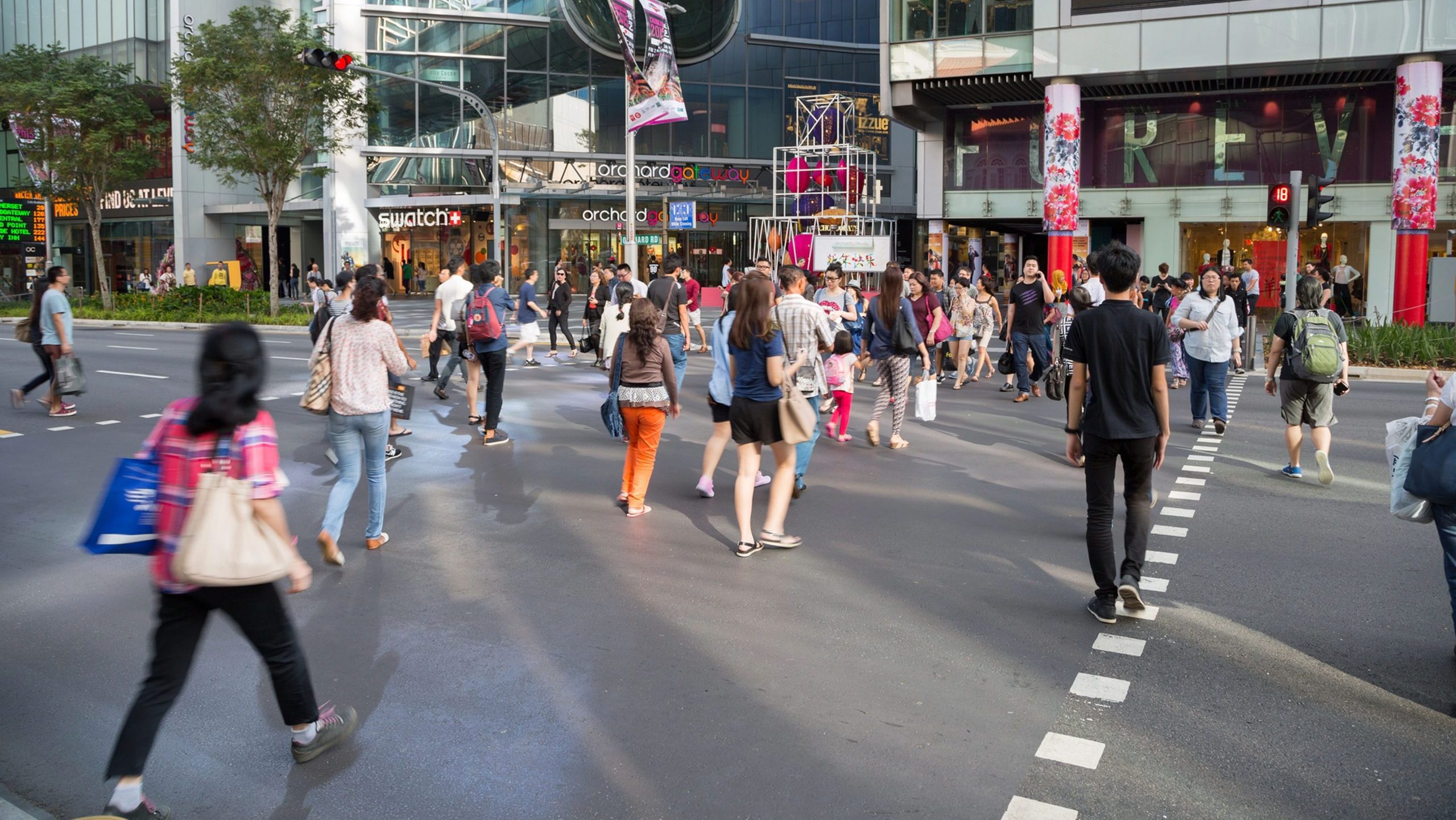SINGAPORE: Singapore is redefining urban development with its forward-thinking approach to Transit-Oriented Developments (TODs).
According to a report published by the Singapore Business Review, these projects are reshaping the way the city uses land, merging residential, commercial, and retail spaces around key public transport hubs to create vibrant, mixed-use communities. By doing so, TODs are transforming not only the physical landscape but also the way people live, work, and move throughout the city.
Breaking down traditional boundaries
According to Justin Quek, CEO of OrangeTee & Tie, TODs represent a departure from Singapore’s traditional land-use models, which once compartmentalized urban areas into distinct categories like residential, industrial, or commercial zones.
“We used to look at it in absolute silos—industrial, residential—but now you can spread different densities of real estate across the island,” Quek explained.
This shift allows for more dynamic, flexible development that supports a broader range of needs in one integrated space.
TODs capitalize on the prime locations around transit hubs, intensifying the use of these areas and offering a seamless blend of living, working, and leisure spaces.
The result is an urban environment that’s more sustainable, accessible, and efficient, creating a blueprint for future city planning.
A win for convenience and efficiency
One of the main advantages of TODs is the convenience they offer to residents and businesses alike. As Lee Sze Teck, Senior Director of Data Analytics at Huttons, pointed out, TODs are well-received by both developers and government authorities for their practical benefits.
“Everyone is receptive toward this kind of development,” he said, noting that TODs offer a perfect balance of accessibility, convenience, and efficiency—all key components of modern urban living.
For residents, TODs reduce the need for long commutes, as daily essentials, offices, and retail outlets are often just a stone’s throw away.
With easy access to public transport, people living in TODs can cut down on travel time, whether they are using private vehicles or public transit.
Decentralizing the city
Another major shift brought on by TODs is the decentralization of business activity. Quek pointed out that 24% of Singapore’s office supply now exists outside the traditional Central Business District (CBD).
This is a result of the government’s strategy to spread business hubs across the island, creating new economic opportunities in areas like Jurong East, Tampines, and Woodlands.
The decentralization trend is not just about creating more space for offices but also making these areas increasingly attractive to businesses.
As Quek noted, the rent gap between CBD office spaces and those in suburban TOD locations is narrowing, as more businesses are drawn to the advantages of working in well-connected areas outside the city center.
“Talent attraction comes from a myriad of other complexities today,” he explained, pointing to the evolving demands of the modern workforce, which values accessibility and work-life balance just as much as location.
A model for the future
The rise of TODs in Singapore represents more than just a real estate trend—it’s a reflection of a changing urban ethos. As the city continues to grow and evolve, transit-oriented developments are positioning themselves as the cornerstone of a more sustainable, efficient, and interconnected urban future.
By rethinking how land is used and integrating different aspects of daily life into cohesive communities, TODs are not only reshaping Singapore’s skyline but also its lifestyle.
Featured image by Depositphotos (for illustration purposes only)

